Toyota R&D Creating $800 Million Investment Fund

On Thursday, Toyota Motor Corp.’s research division announced it would create an $800 million global investment fund. While important news, Toyota’s dispatch was expected. The business had previously mentioned it was assembling a new holding company called Woven in July, noting that the entity would be focused on heavily upon software development and finding new partners for its most advanced projects.
Most of those seem to be in support of the “mobility as a service” concept that seeks to remove customers’ ability to own vehicles. The rest are interested in promoting alternative energy solutions or social engineering how we’ll be living in the future via “smart cities.” The fund also seems to be helping replace Toyota Research Institute-Advanced Development (TRI-AD). In fact, the Japanese R&D arm was actually the one that announced the $800 million “global growth-stage investment fund” that officially creates Woven Capital.
The automotive industry has been talking way too much about how it’s prepared to improve society lately. It’s getting genuinely creepy and makes Woven seem more like a giant cooperation that’s preparing to force its will upon the population and less like a company that’s seeking solutions to how to make cars more energy-efficient or better at driving themselves. Perhaps firms like Toyota are just bored.
Since we discussed the composition of Woven previously, we’ll abandon the minutia for the essential items. The Woven Planet Holdings Group is broken down into three arms. Woven Capital will be focused on investing in (or just buying) growth-stage companies that are developing innovative technologies and business models that Toyota might find useful or simply doesn’t want to compete with. Meanwhile, Woven CORE and Woven Alpha will be focused on developing new products and features as they relate to vehicular connectivity and all that other mobility crap you’re probably sick to death of. They’ll also be helping out with more bizarre programs like the prototype smart city Toyota is building at the base of Mt. Fuji.
Kuffner will continue leading all three companies from the development institute’s home office in Tokyo. He was also added to Toyota’s management board in June to prove how serious the automaker was about breaking new technological ground and evolving the company. Despite numerous programs already underway, Woven Planet projects won’t officially commence until January 2021.
[Image: NeydtStock/Shutterstock]

A staunch consumer advocate tracking industry trends and regulation. Before joining TTAC, Matt spent a decade working for marketing and research firms based in NYC. Clients included several of the world’s largest automakers, global tire brands, and aftermarket part suppliers. Dissatisfied with the corporate world and resentful of having to wear suits everyday, he pivoted to writing about cars. Since then, that man has become an ardent supporter of the right-to-repair movement, been interviewed on the auto industry by national radio broadcasts, driven more rental cars than anyone ever should, participated in amateur rallying events, and received the requisite minimum training as sanctioned by the SCCA. Handy with a wrench, Matt grew up surrounded by Detroit auto workers and managed to get a pizza delivery job before he was legally eligible. He later found himself driving box trucks through Manhattan, guaranteeing future sympathy for actual truckers. He continues to conduct research pertaining to the automotive sector as an independent contractor and has since moved back to his native Michigan, closer to where the cars are born. A contrarian, Matt claims to prefer understeer — stating that front and all-wheel drive vehicles cater best to his driving style.
More by Matt Posky
Latest Car Reviews
Read moreLatest Product Reviews
Read moreRecent Comments
- Lou_BC Well, I'd be impressed if this was in a ZR2. LOL
- Lou_BC This is my shocked face 😲 Hope formatting doesn't fook this up LOL
- Lou_BC Junior? Would that be a Beta Romeo?
- Lou_BC Gotta fix that formatting problem. What a pile of bullsh!t. Are longer posts costing TTAC money? FOOK
- Lou_BC 1.Honda: 6,334,825 vehicles potentially affected2.Ford: 6,152,6143.Kia America: 3,110,4474.Chrysler: 2,732,3985.General Motors: 2,021,0336.Nissan North America: 1,804,4437.Mercedes-Benz USA: 478,1738.Volkswagen Group of America: 453,7639.BMW of North America: 340,24910.Daimler Trucks North America: 261,959



















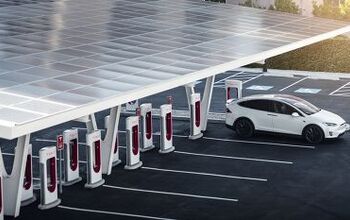



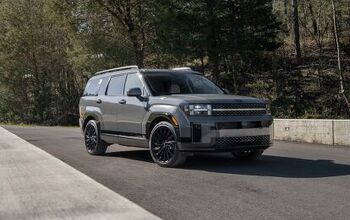


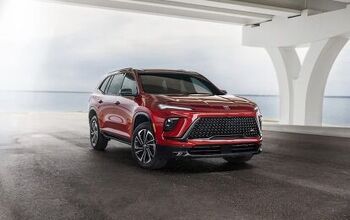
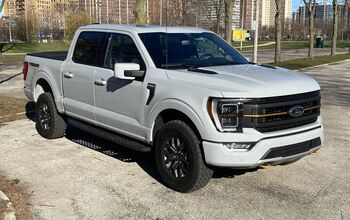


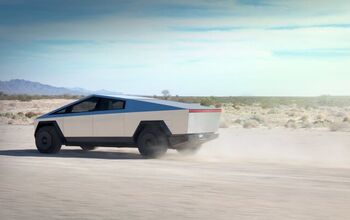

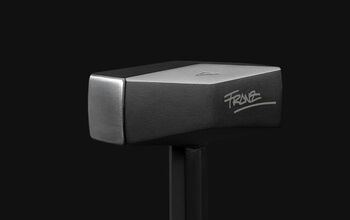
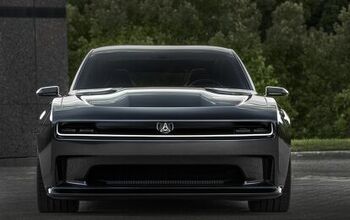
Comments
Join the conversation
I wonder what Steven Lang would say since he's typing these exact words right now? Actually this has more to do with bringing the disparate components together for what will become an autonomous vehicle program for all Toyota products (and services).
Toyota doesn't do everything right. Exhibit A: Hydrogen fuel cell ("fool cell") technology.